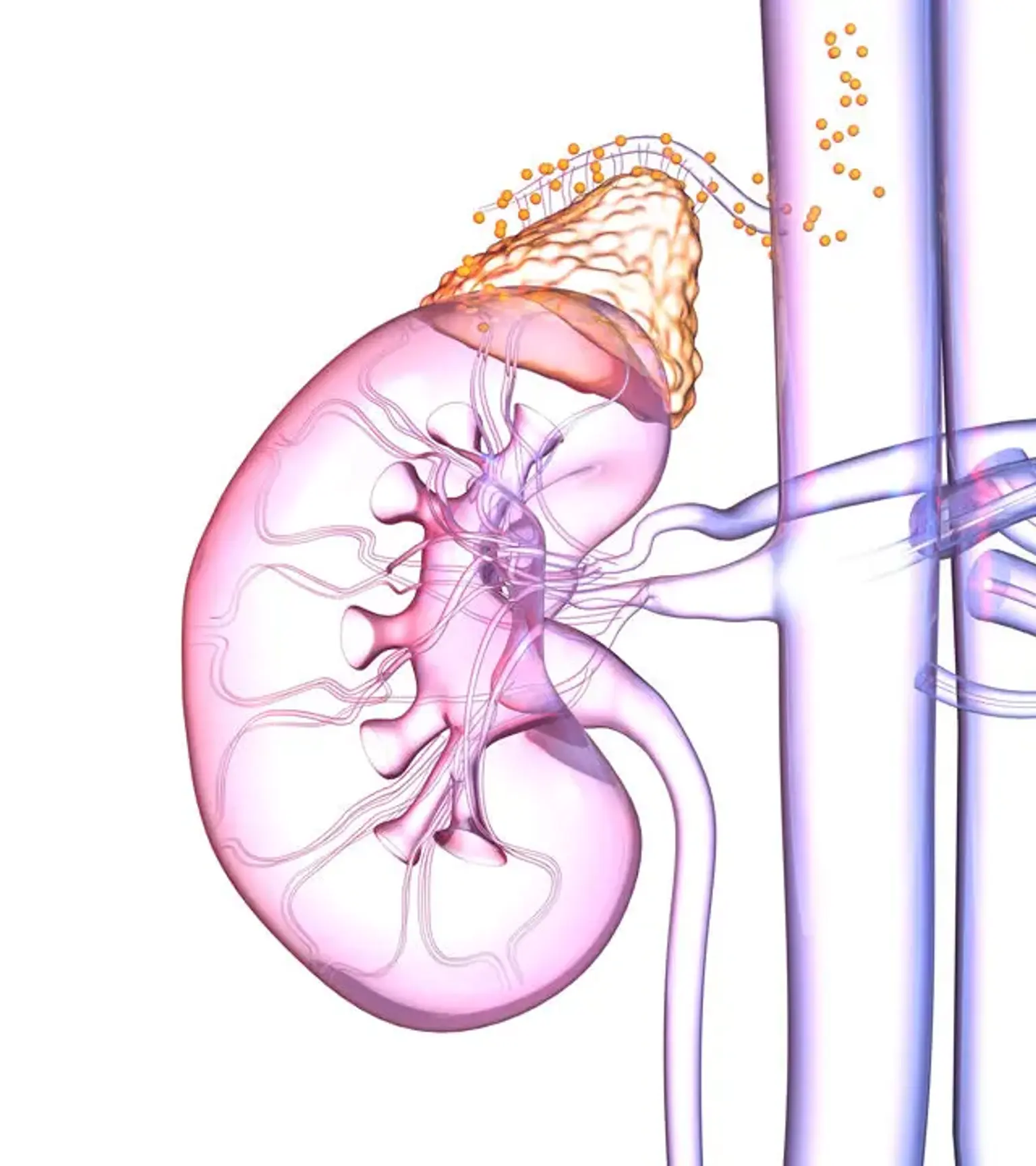Adrenal tumors
The adrenal gland is an endocrine organ that serves two purposes. The outer adrenal cortex releases steroid hormones such as cortisol and mineralocorticoids (aldosterone and the androgen), as well as glucocorticoids like cortisol. The glucocorticoids are involved in the metabolism of carbohydrates, proteins, and fats. Mineralocorticoids are necessary for maintaining sodium (Na) and potassium (K) balances as well as fluid homeostasis.
Survival requires glucocorticoids and mineralocorticoids. Catecholamines are produced by the inner adrenal medulla (dopamine, epinephrine, and norepinephrine).
Adrenal mass is a common finding in the adrenal gland. While most lesions are benign, when a patient comes with hypercortisolism, adrenocortical cancer should be considered. Occasionally, adrenal masses are discovered during a normal examination.
These lesions can be classified as either functional (hormone-secreting) or silent (non-hormone-secreting) (either benign or malignant). Less than 1% of these tumors are malignant in total.
